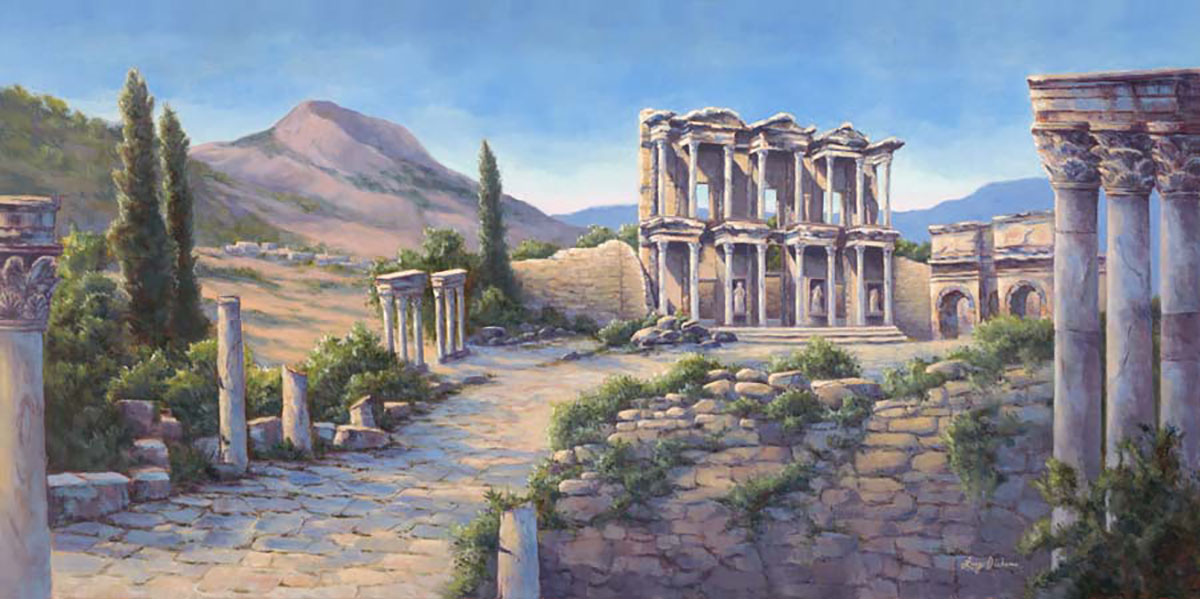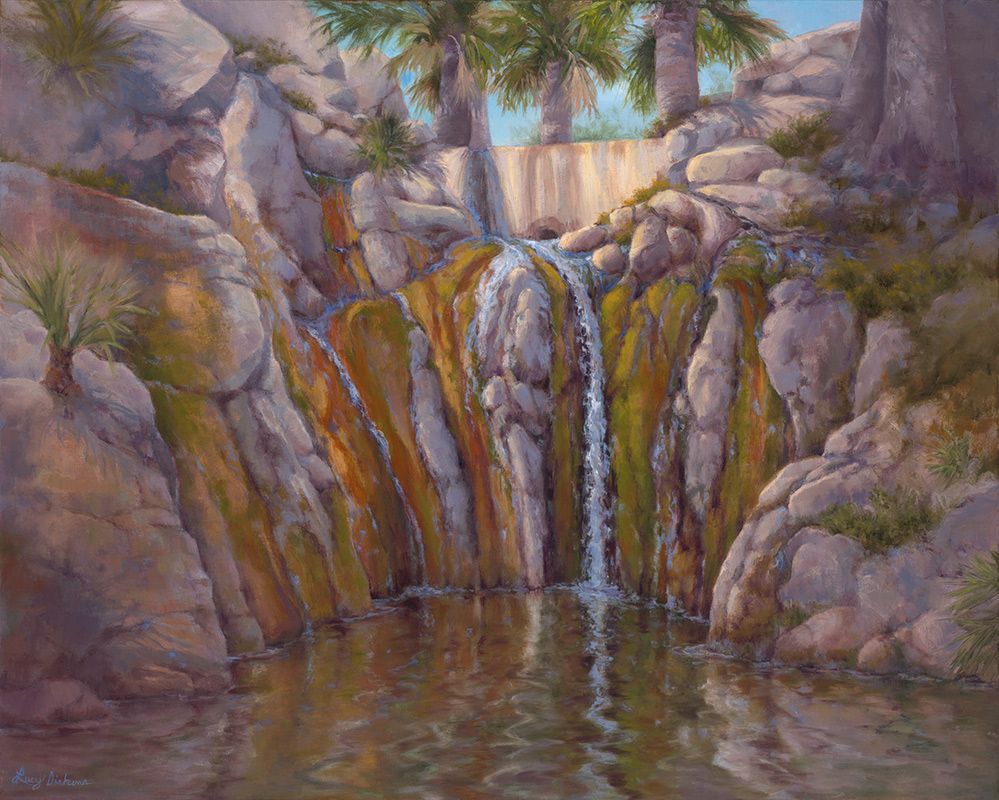Remembering Ephesus
Nothing could prepare me for my visit to Ephesus. Words can hardly express the grandeur of these ruins as we walked the marble streets. I was impressed at the beginning of our journey and then we crested the hill… WOW, we stood overlooking the heart of the city and the Celsus Library. I was speechless and for me that says a lot! I wished I could erase all the tourists, step back in time and truly experience Ephesus leisurely without time constraints, maybe another time…
The city of Ephesus, located in what is today western Turkey was one of the greatest seaports of the ancient world. Located on the Aegean sea, Ephesus was a center for travel and commerce. The city was eventually abandoned as the river caused the harbor to fill with silt, today Ephesus is more than 6 miles from the sea. During the 2nd century BC, the Temple of Artemis, considered one of the Seven Wonders of the Ancient World, was built. The goddess Artemis was the virginal goddess of the hunt and associated with fertility. At this time Ephesus was the 4th largest city in the eastern Roman Empire, famous for the Artemis Temple, the Library of Celsus, and its medical school along with being the capital of the slave trade.
The Celsus Library was the third richest library after Alexandria and Pergamum with a capacity for 12,000 scrolls. This library is one of the most beautiful structures in Ephesus, built in 117 A.D., and was dedicated to Celsus, the governor of the province of Asia with his sarcophagus located below.
Ephesus was also one of the most important cities in early Christianity. This was due to the prominence of the city, location, and because Ephesus attracted many Christian leaders including Paul, John, and Timothy. The apostle Paul first appears in Ephesus in Acts 19 , where he presented the message of the kingdom of God in the Jewish synagogue. But when most of the Jews were closed to Paul’s message, he moved to the lecture hall of Tyrannus, where he continued preaching for two years. Paul wrote one of his letters to the Corinthians from Ephesus and also wrote his letter to the Ephesians around 60 AD. From Paul’s teachings, Christianity was accepted by much of the population. Acts 19:23-41 describes a silversmith named Demetrius, an Artemis idol maker, who saw Paul as a threat to their livelihood and the temple, as Paul was preaching against false idols. They rushed to the Great Theater and incited a riot seeking to kill Paul. Paul was willing to enter the theater but the disciples would not let him and convinced him to leave the city. (Many consider the Great Theater to be the most magnificent structure in Ephesus, having 25,000 seats. The photo at the top was taken on these steps!)
Ephesus is also believed by many to be where Mother Mary lived out her final days. The reasons supporting this claim are that Jesus entrusted his mother to the Beloved Disciple, believed to be John and Christian tradition also associated John with Ephesus where is believed to have spent the later years of his life. (The Basilica of St. John is close by and claims that he was buried there.) There is also a supernatural claim, in the 19th century a German nun, Anne Catherine Emmurich claimed to have visions. In these she saw the house of the Virgin Mary and was able to completely describe it. Her visions were later published and in the 19th century, a Catholic research team found the site she described though she had never seen it in person. Catholic tradition is divided, however several popes have visited the site and endorsed it as a shrine. This is where the first church dedicated to Mary is located and the same church is known as one of the seven churches of the Apocalypse.
Custom Framed Original 24×48 $6,200
Canvas Giclee-Gallery Wrapped 24×48 $700
Canvas Giclee-Standard 24×48 $670
Canvas Giclee-Gallery Wrapped 18×36 $430
Canvas Giclee-Standard 18×36 $410
Canvas Giclee-Gallery Wrapped 12×24 $250
Canvas Giclee-Standard 12×24 $220





















